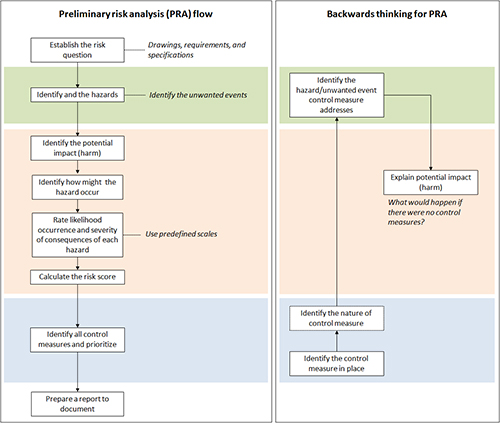Seen enough
complicated risk
management books?
Why not look for answers in unexpected places?
Build your mental model through examples of
exposure in everyday life


“Of course you will undeniably learn a lot by studying risk management publications as related to your technical area, and excel by practice. But in my experience, one good way to build mental models is to read outside the norm. When I read or listen to something new and different, I always think of how this new information could connect with information I already know, or my technical expertise. With my involvement in Quality Risk Management, I have developed a habit of wearing ‘risk spectacles’ wherever I go and in whatever I do. Looking through such spectacles on the things that we typically consider as outside our technical areas, reveals a deeper level of understanding about the issues around the risk management. I often look for answers in unexpected places.“
Thinking backwards
Although risk assessment is carried out by defining the risk question first and identifying the hazards, their likelihood of occurrence and severity and finally defining control measures either to detect, prevent or mitigate the risk, a backward thinking for already designed and implemented risk treatments can be effectively used to better understand how quality risk management works. In the EPELA authentic e-learning course on pharmaceutical cold chain management, participants practice risk assessments using preliminary risk assessment (PRA) tool with various risk questions as well as watching a video to spot the control measures in place and think backwards to identify their nature (detection, prevention or mitigation) of the measure and the hazard they respond to. This helps participants to better define hazards in forthcoming tasks.






























































